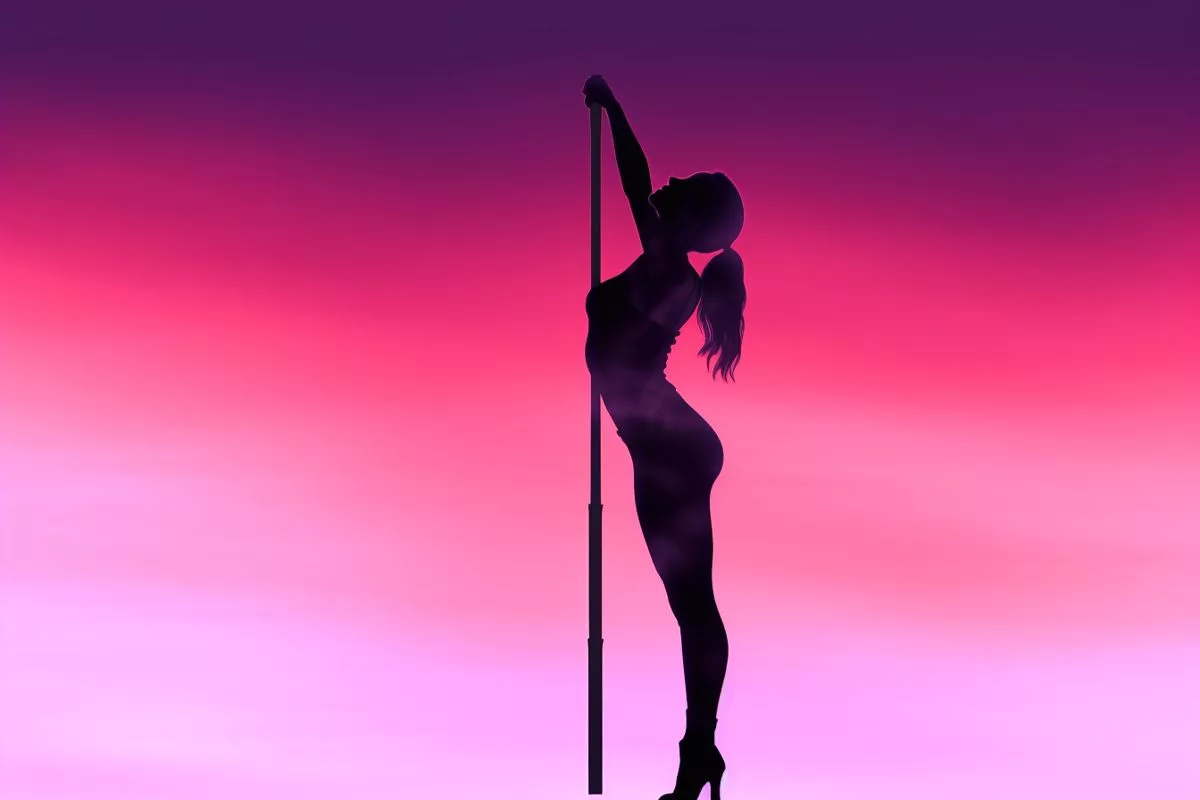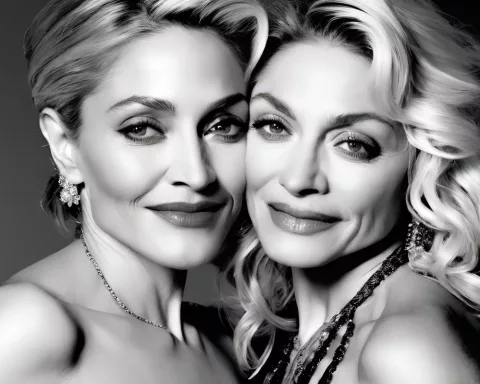Pole dancing has recently sparked controversy as a form of mainstream entertainment, with criticisms of it being vulgar and inappropriate. However, pole dancing is actually a legitimate form of exercise that can burn up to 280 kilocalories per minute and requires precision and coordination. The debate highlights the need to challenge societal norms and broaden our understanding of dance and exercise. Pole dancing could potentially become a more accepted form of dance and exercise if viewed with an open mind.
Pole Dancing as Exercise: Benefits and Misconceptions
Controversy in the Dance World
Recently, there’s been a hot debate on whether pole dancing belongs in mainstream entertainment, triggered by a performance by television star Layton Williams on the well-known program, Strictly Come Dancing. Williams, celebrated for his work in the TV series, Bad Education, opted for a pole dance routine with his partner, Nikita Kuzman, thereby confronting the usual dance styles seen on the program. This audacious choice stirred up a wave of backlash among viewers, who labeled the routine as vulgar and inappropriate for the general public.
The controversy appears to stem from a misunderstanding and misinterpretation of what pole dancing truly is. Despite the common misrepresentation linking it to adult entertainment, pole dancing is a legitimate form of exercise. It’s defined by the Merriam-Webster dictionary as “typically solo dancing performed while utilizing a stationary vertical pole as a support.” A deeper look into pole dancing reveals that it’s more than just a sensual dance form.
Health Benefits of Pole Dancing
Pole dancing is a high-powered workout that enhances strength, flexibility, and stamina. Research has shown that it can burn up to 280 kilocalories per minute, rivaling some of the most strenuous exercises. This dance style requires precision, balance, and coordination, thus offering a comprehensive workout. It’s also mentally stimulating, demanding you to remember and perform complex sequences of movements. Therefore, it provides a full-body workout that integrates cardiovascular activity, strength training, and flexibility.
Pole dancing’s physical requirements have made it a preferred choice for those seeking an exciting and distinctive way to keep fit. Celebrities like Madonna and Layton Williams have publicly endorsed it as an exercise method. Some fitness enthusiasts have even set up poles in their homes, giving them the freedom to practice privately and at their own pace.
Challenging Societal Norms
The uproar regarding Williams’ performance sparks a larger conversation about our perceptions of dance and art forms in general. The critique seems to be based more on societal norms and conventions rather than an educated understanding of pole dancing as a form of exercise. As the world of fitness continually evolves and diversifies, it may be time to reevaluate our preconceived notions about what is deemed acceptable in terms of exercise and entertainment.
Dance, in its many variations, is a manifestation of human creativity and physical prowess. It can be a spectacle, a sport, an art form, a method of communication, or a form of exercise. Every dance style, from the passionate Samba and lively Polka to the misunderstood Pole dance, has unique traits that captivate and inspire both the dancers and the audience.
Future Implications
In defending his pole dance routine, Williams displays his artistic bravery and dedication to pushing boundaries. His performance not only questions traditional norms in dance but also highlights the diversity and adaptability of art forms. Whether pole dancing will become a regular feature on dance competition shows remains to be seen. However, the ongoing conversation it has triggered reflects society’s shifting awareness about dance and exercise.
As spectators, perhaps it’s time to broaden our understanding and appreciate the various forms of expression and movement. At its core, dance embodies freedom – the freedom to move, express, and challenge norms. If we can view pole dancing in this light, it could indeed carve out a space for itself on the dance floor and beyond.
What is pole dancing?
Pole dancing is defined by the Merriam-Webster dictionary as “typically solo dancing performed while utilizing a stationary vertical pole as a support.” It is often associated with adult entertainment, but it is also a legitimate form of exercise that can burn up to 280 kilocalories per minute and requires precision and coordination.
What are the health benefits of pole dancing?
Pole dancing is a high-powered workout that enhances strength, flexibility, and stamina. It can burn up to 280 kilocalories per minute, rivaling some of the most strenuous exercises. This dance style requires precision, balance, and coordination, thus offering a comprehensive workout. It also provides a full-body workout that integrates cardiovascular activity, strength training, and flexibility.
Why is there controversy surrounding pole dancing?
There’s been a hot debate on whether pole dancing belongs in mainstream entertainment, triggered by a performance by television star Layton Williams on the well-known program, Strictly Come Dancing. This audacious choice stirred up a wave of backlash among viewers, who labeled the routine as vulgar and inappropriate for the general public. The controversy appears to stem from a misunderstanding and misinterpretation of what pole dancing truly is.
How can we challenge societal norms about dance and exercise?
As the world of fitness continually evolves and diversifies, it may be time to reevaluate our preconceived notions about what is deemed acceptable in terms of exercise and entertainment. Dance, in its many variations, is a manifestation of human creativity and physical prowess. It can be a spectacle, a sport, an art form, a method of communication, or a form of exercise. Every dance style, from the passionate Samba and lively Polka to the misunderstood Pole dance, has unique traits that captivate and inspire both the dancers and the audience.
Can anyone do pole dancing?
Yes, anyone can do pole dancing regardless of age, gender, and body type. It’s a fun and challenging workout that can be modified to suit various fitness levels. Pole dancing classes usually start with a warm-up followed by basic moves and gradually progress to more advanced techniques.
What is the future of pole dancing?
Whether pole dancing will become a regular feature on dance competition shows remains to be seen. However, the ongoing conversation it has triggered reflects society’s shifting awareness about dance and exercise. If viewed with an open mind and appreciated for its physical and artistic merits, pole dancing could potentially become a more accepted form of dance and exercise.











